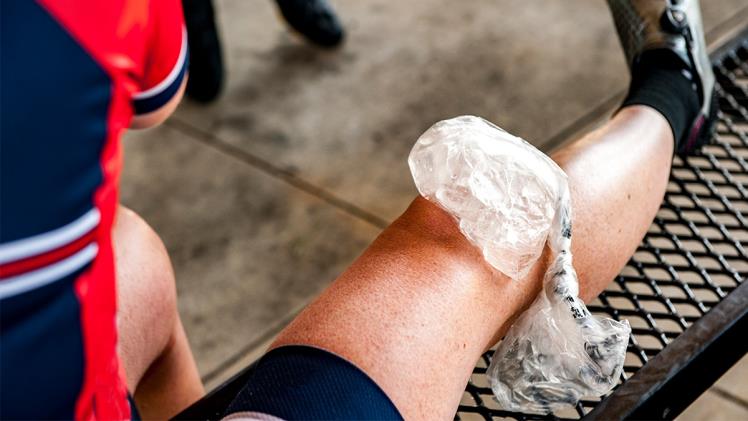Cold compression therapy is a fast-growing area of medical care. It can be used to treat a variety of different conditions, including sprains, strains, and even certain chronic illnesses.
Cold compression therapy unblocks blood vessels and reduces swelling by using cooling technology to reduce the temperature of affected tissues. This process causes blood vessels to contract and remain smaller for longer. As a result, there’s less swelling and pain from the initial injury, allowing you to return to normal activities more quickly.
Many different types of cold compression units are available on the market today. While all such devices share some basic characteristics, each has its own features that set it apart from the rest.
To help you determine if the breg polar care cube might be best for your needs, here are some frequently asked questions about cold compression units.
1. How Does Cold Therapy Work
Cryotherapy, also known as cold therapy, is a technique used in medicine and surgery to reduce inflammation and pain and speed up recovery.
Cold therapy reduces the temperature of tissues in the body, which causes blood vessels to contract. This reduces swelling and inflammation, relieving pain and speeding healing.
2. How Often Do I Have To Put Ice in My Unit?
The amount of ice you must add to your Breg Polar Care Cube varies with each distinct model. Cold therapy devices normally keep ice cold for 4-10 hours, but we recommend using frozen water bottles instead and putting them in the cooler with water to reduce the amount of ice needed.
You must follow your doctor’s instructions when using cold compression therapy. For example, if you are treating an ankle sprain, your doctor might recommend icing the ankle for 15 minutes every hour for the first day. If you notice that your ankle is swelling, you should increase the frequency of icing to every 30 minutes.
3. Can I Use Cold Therapy Anywhere?
The Kodiak cold therapy unit from the Breg can be powered via an optional battery pack or a wall plug, eliminating the need to plug it in, as most cold therapy devices are restricted. However, other devices like the Aircast Cryo Cuff Gravity cooler do not require power and instead use gravity to allow water to flow through the pad. hertube
4. Does Insurance Cover Cold Therapy Units?
Unfortunately, many health insurance plans do not cover the purchase of cold therapy units. However, the answer to this question depends on your insurance provider and health insurance plan. Some providers will accept reimbursing policyholders post-purchase, so it remains a possibility.
That said, if you’re purchasing a unit out of pocket, you can save money by choosing a unit that has a low up-front cost.
5. Do the Units Have Automatic Timers?
Most cold compression units do not come equipped with built-in automatic timers. However, we’ve discovered that plugging the breg polar care cube into an outlet timer as you might for your decorative lights during the holidays works well at creating a self-timer.
In Conclusion
Cold compression therapy is a proven, effective method of reducing pain, swelling, and inflammation. It can be used to treat a variety of different conditions, including sprains, strains, and even certain chronic illnesses. Choosing the right cold compression unit for your needs is important since different units vary in strength, size, and features.
When you’re in the market for a cold compression unit, keep these FAQs in mind to make sure you find the best unit for your needs.
